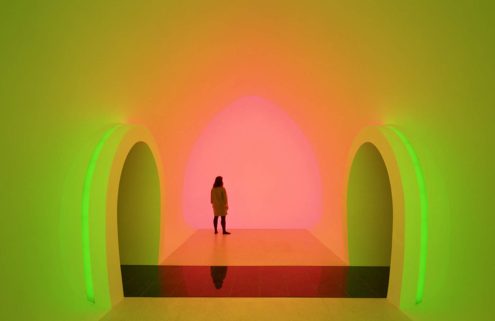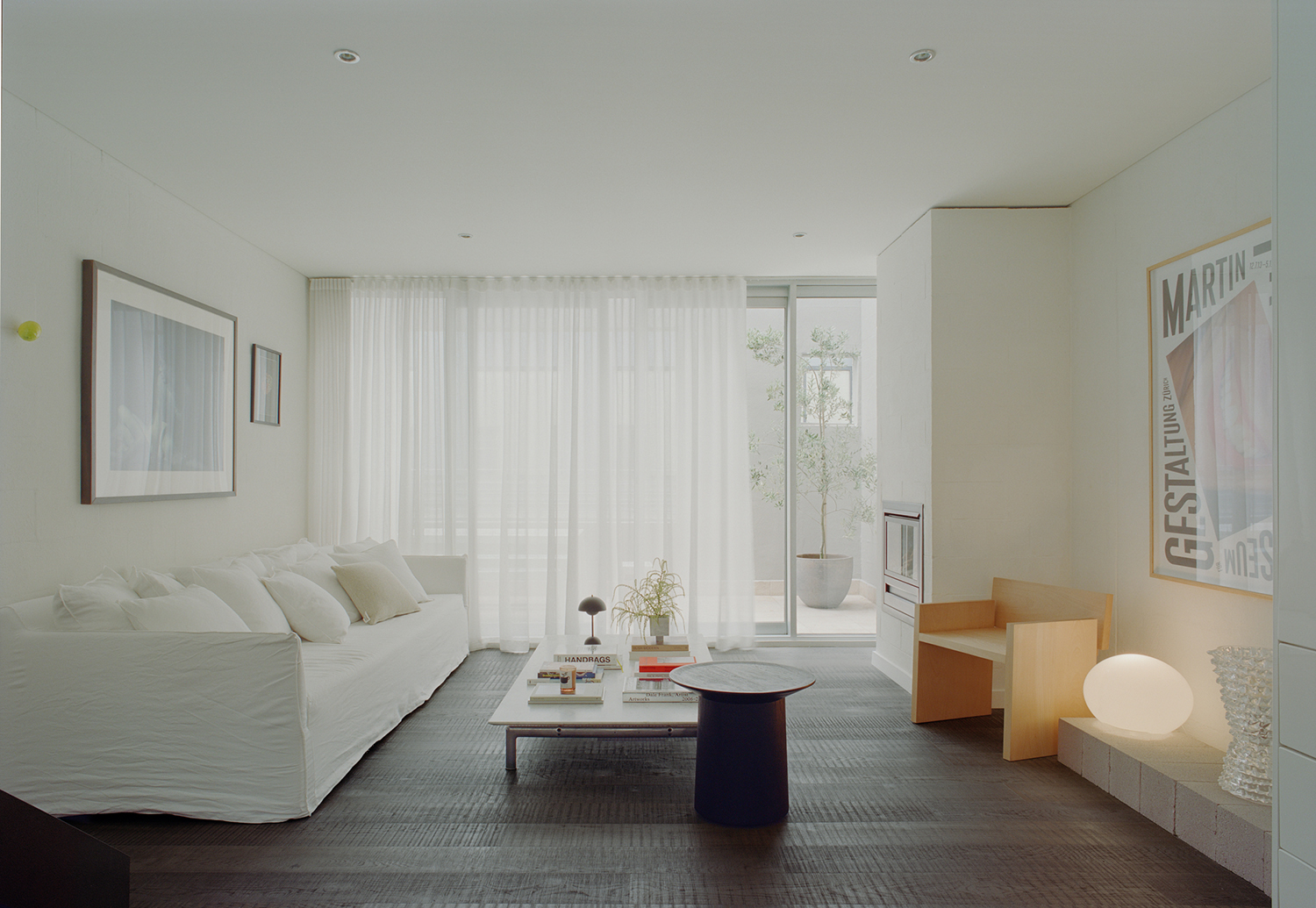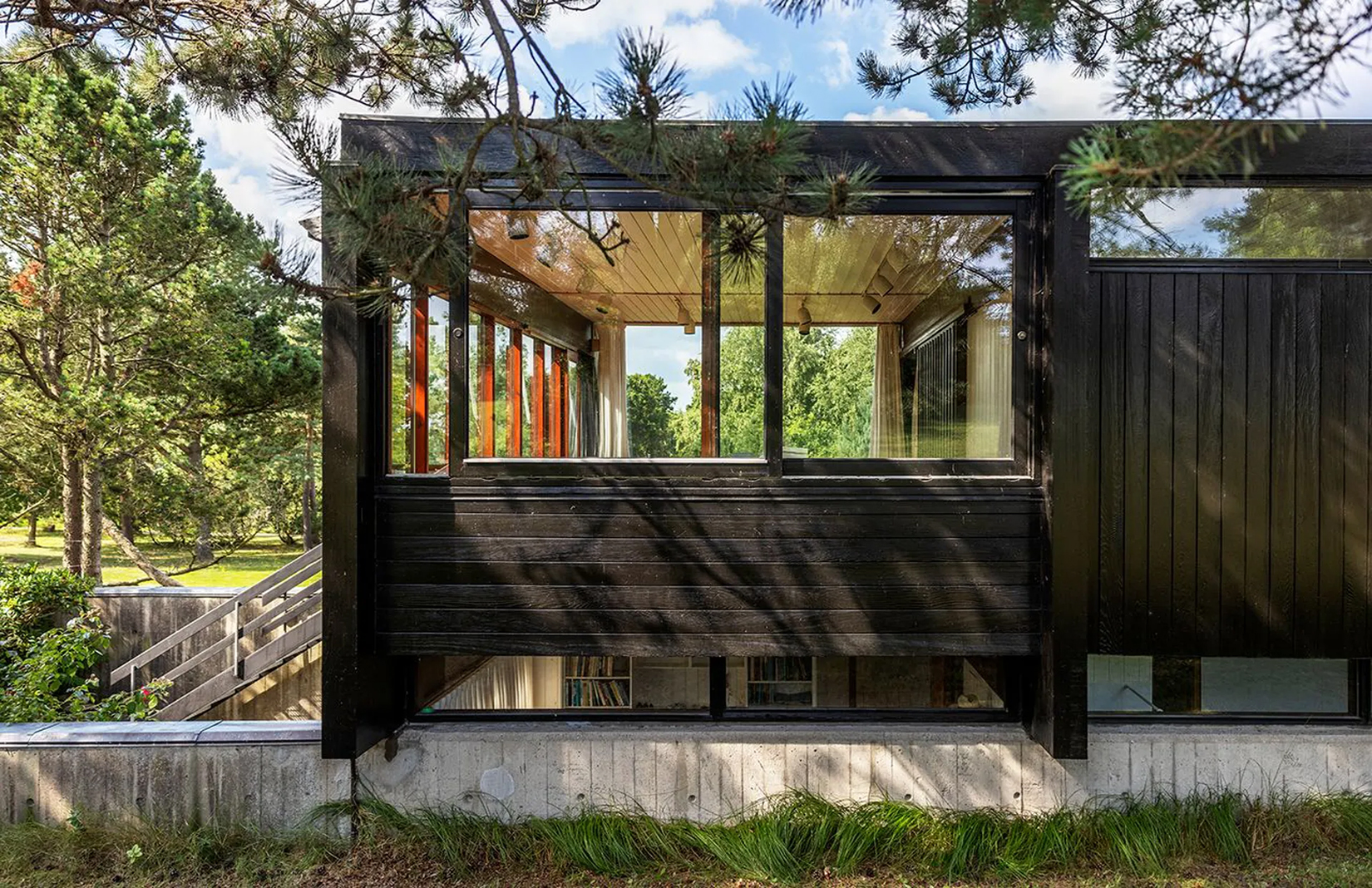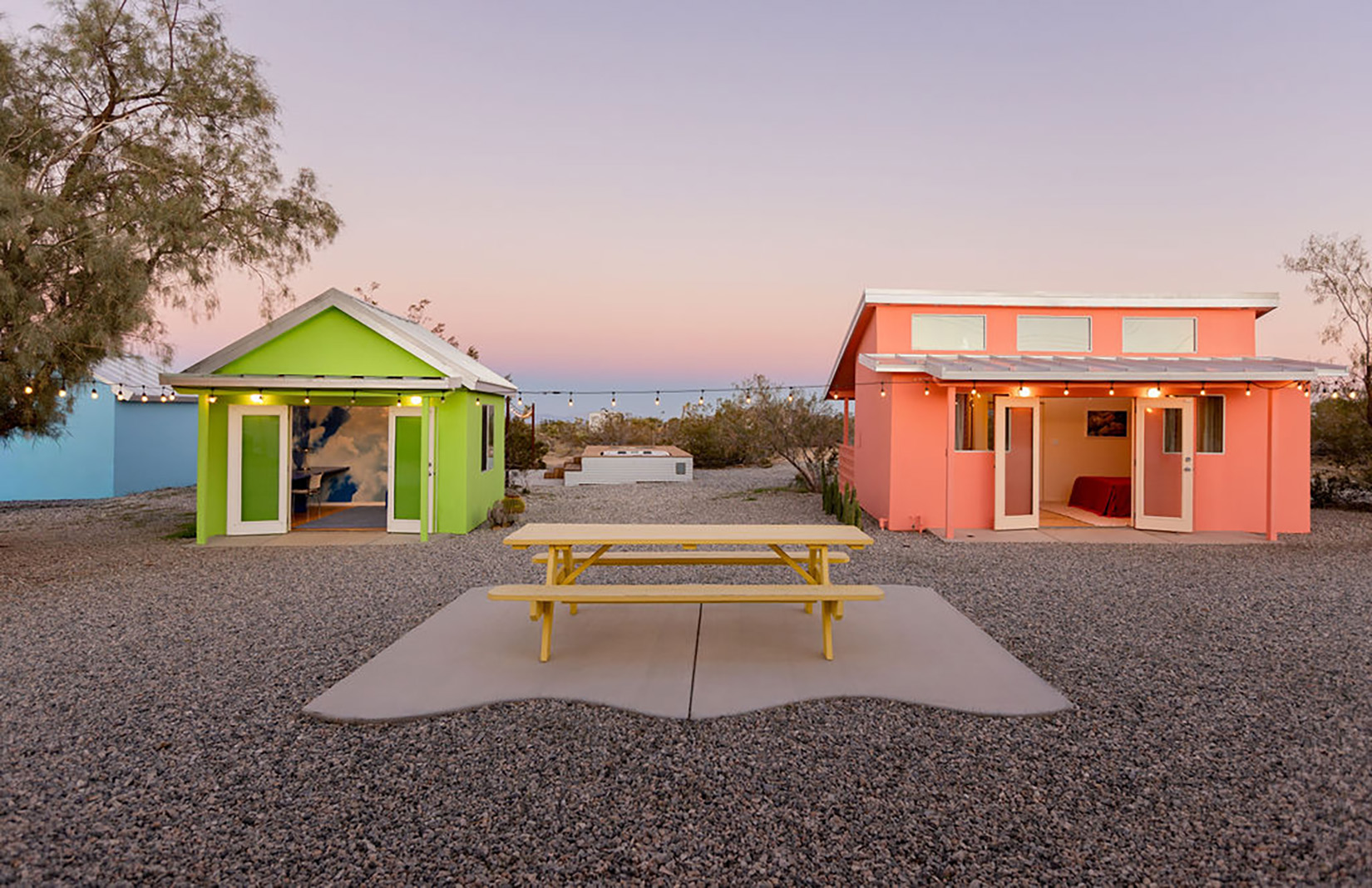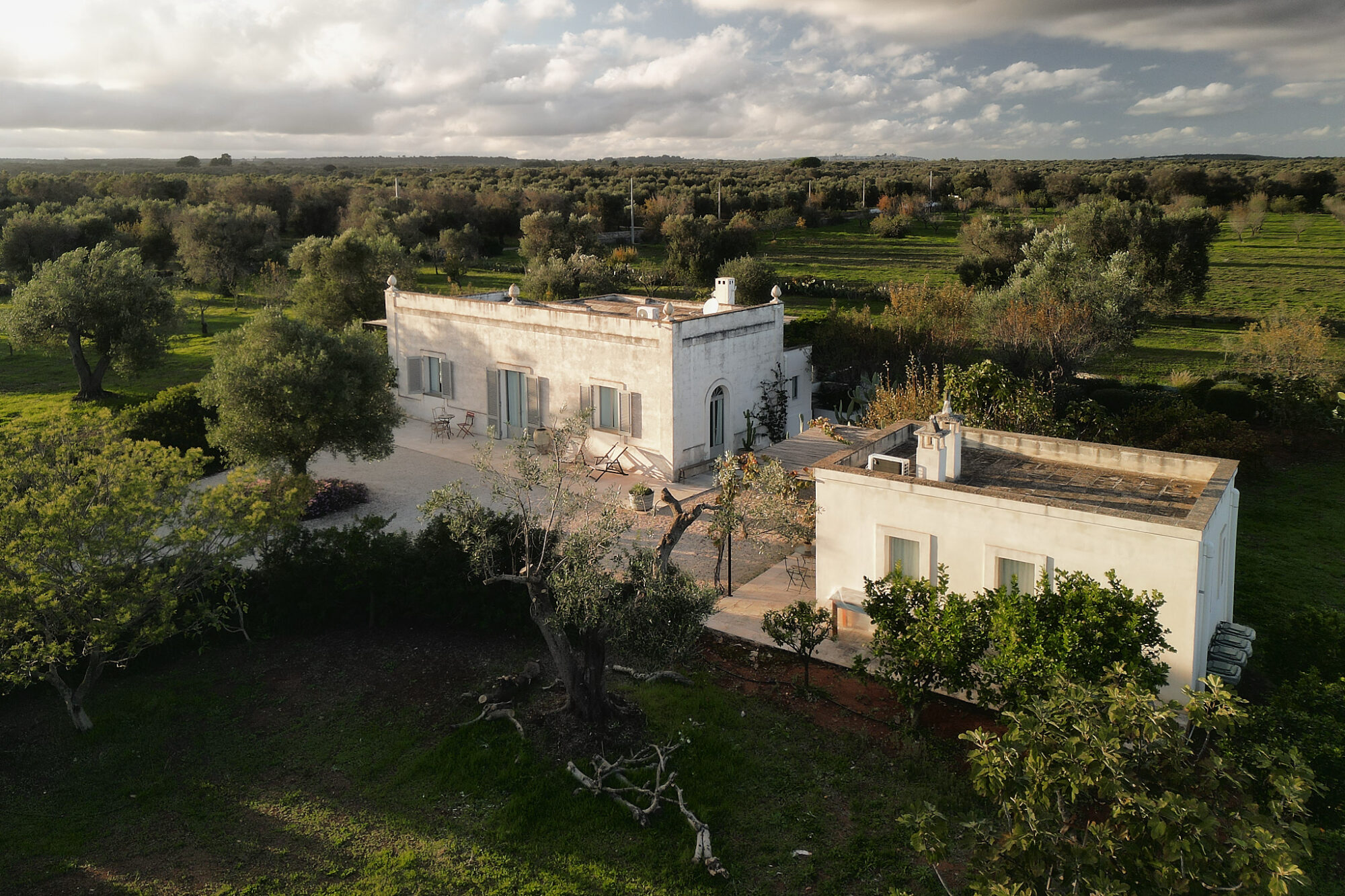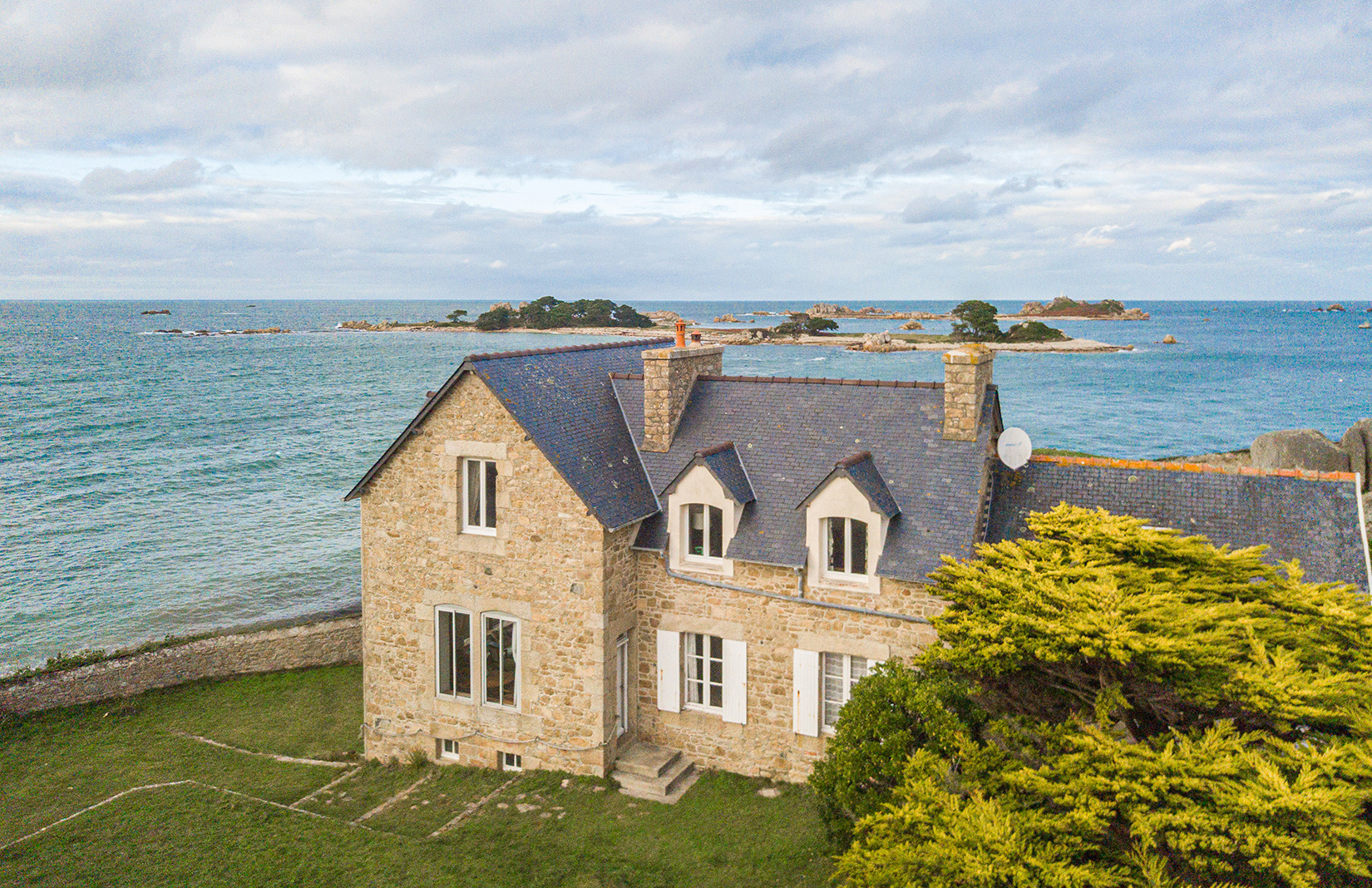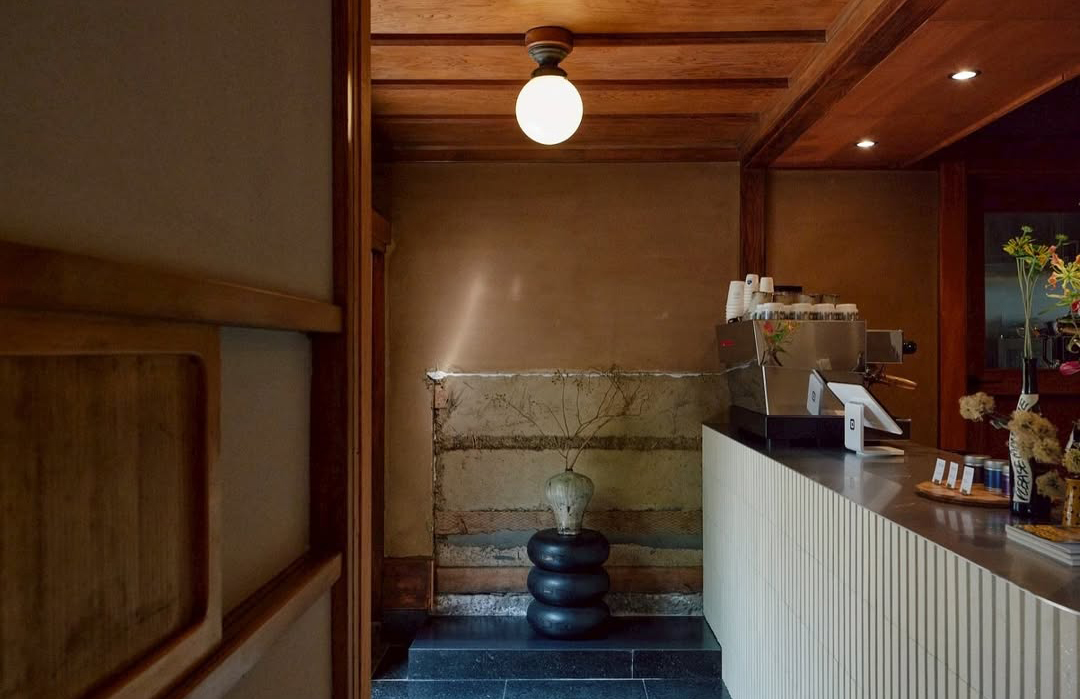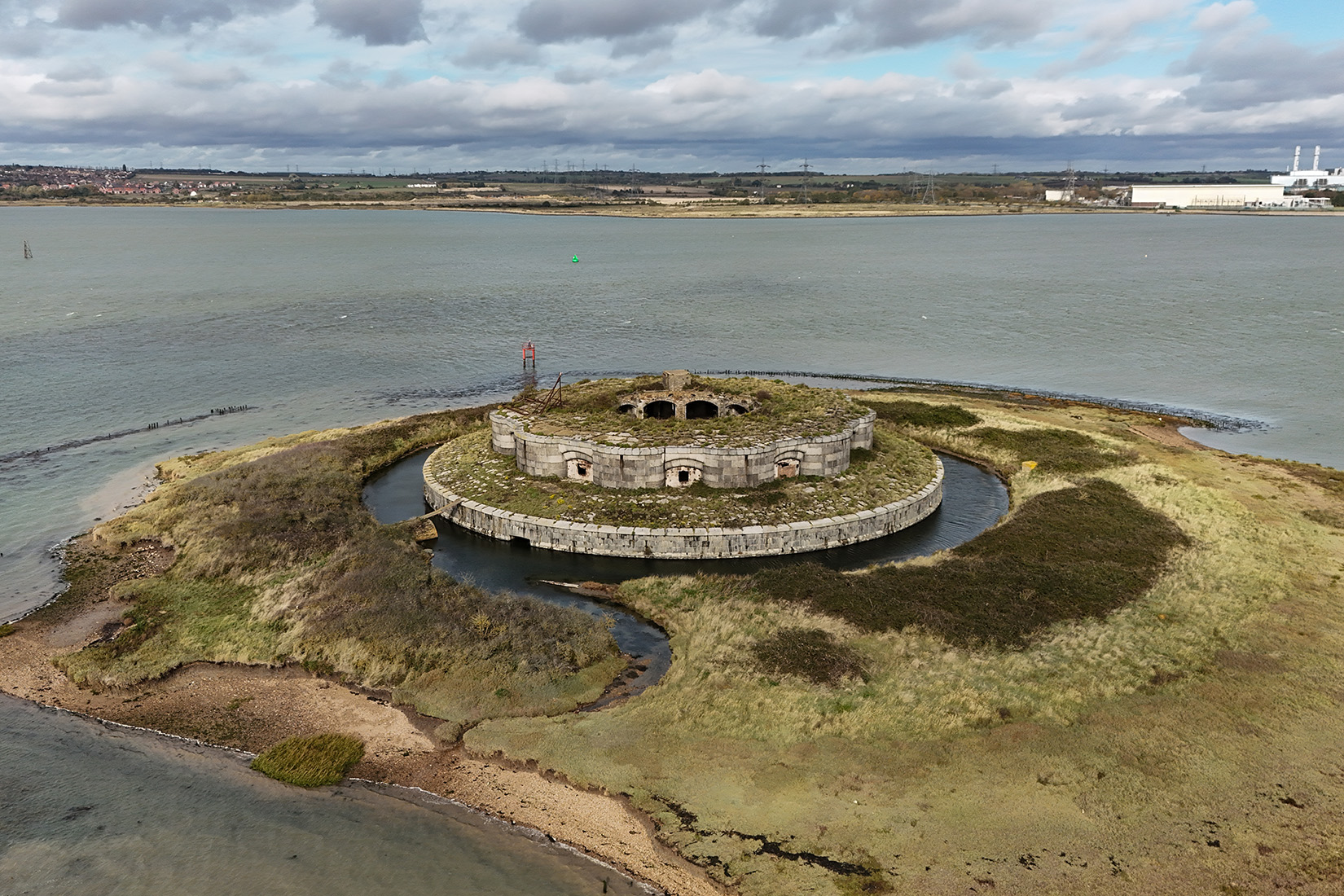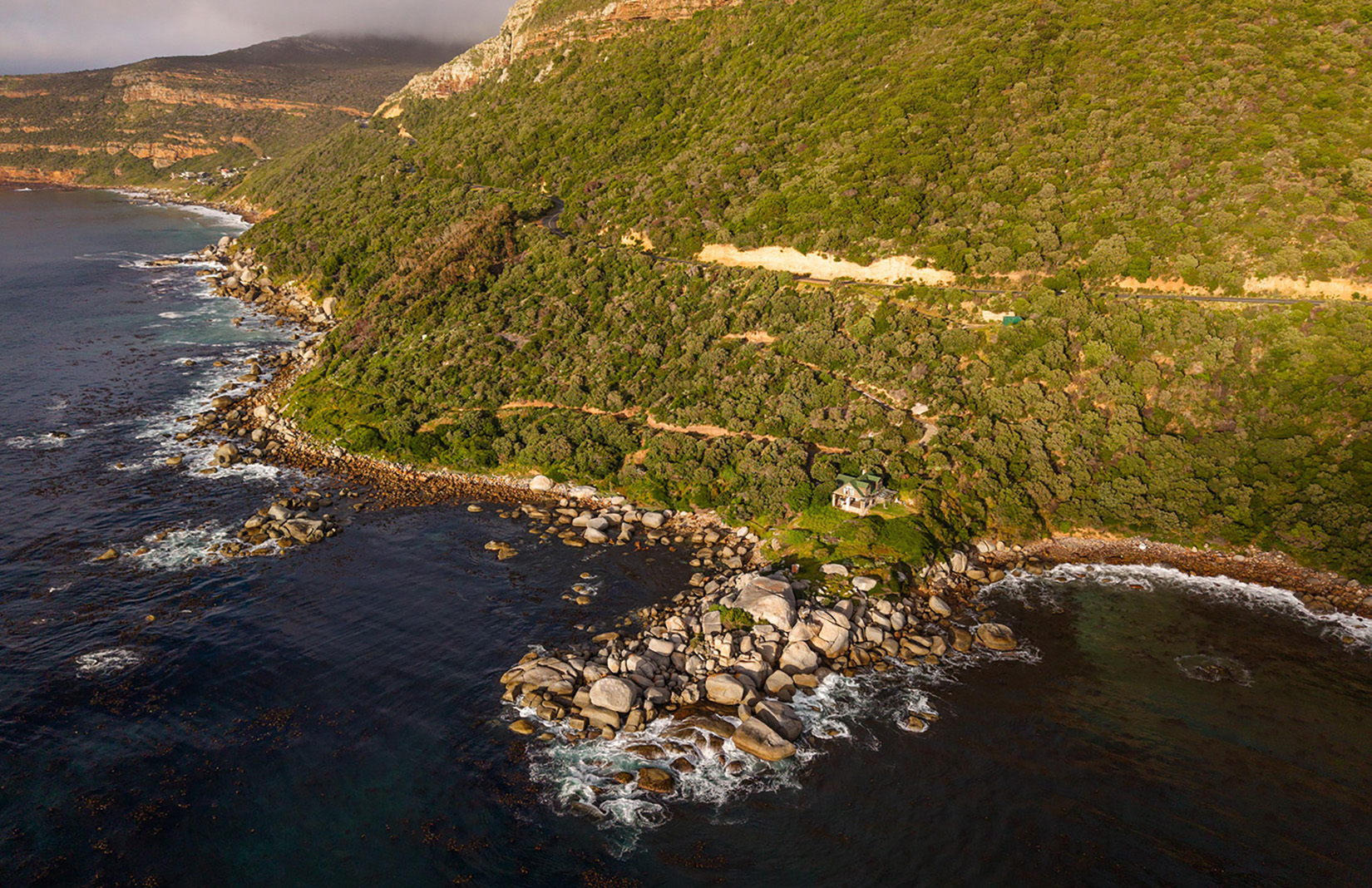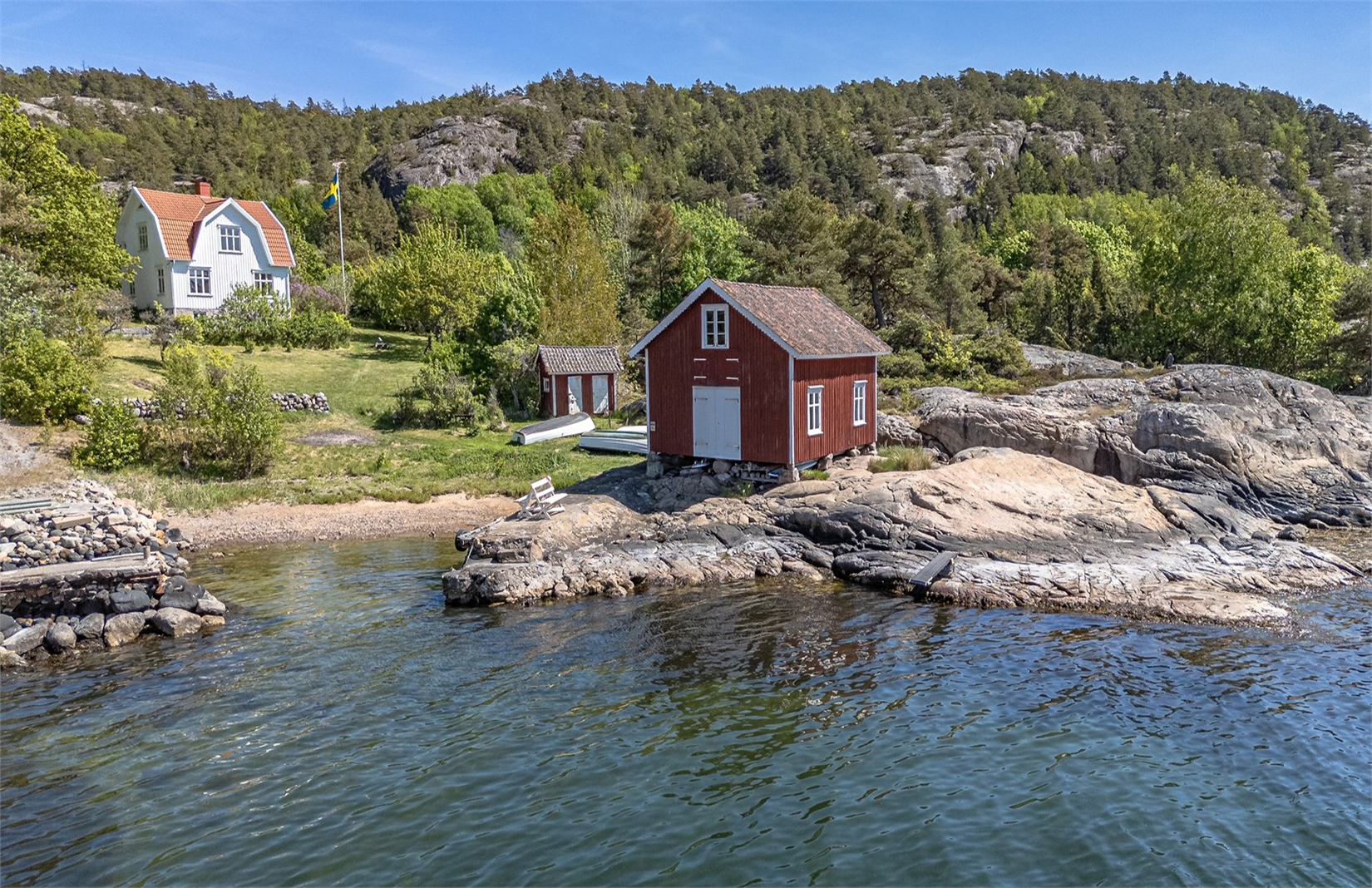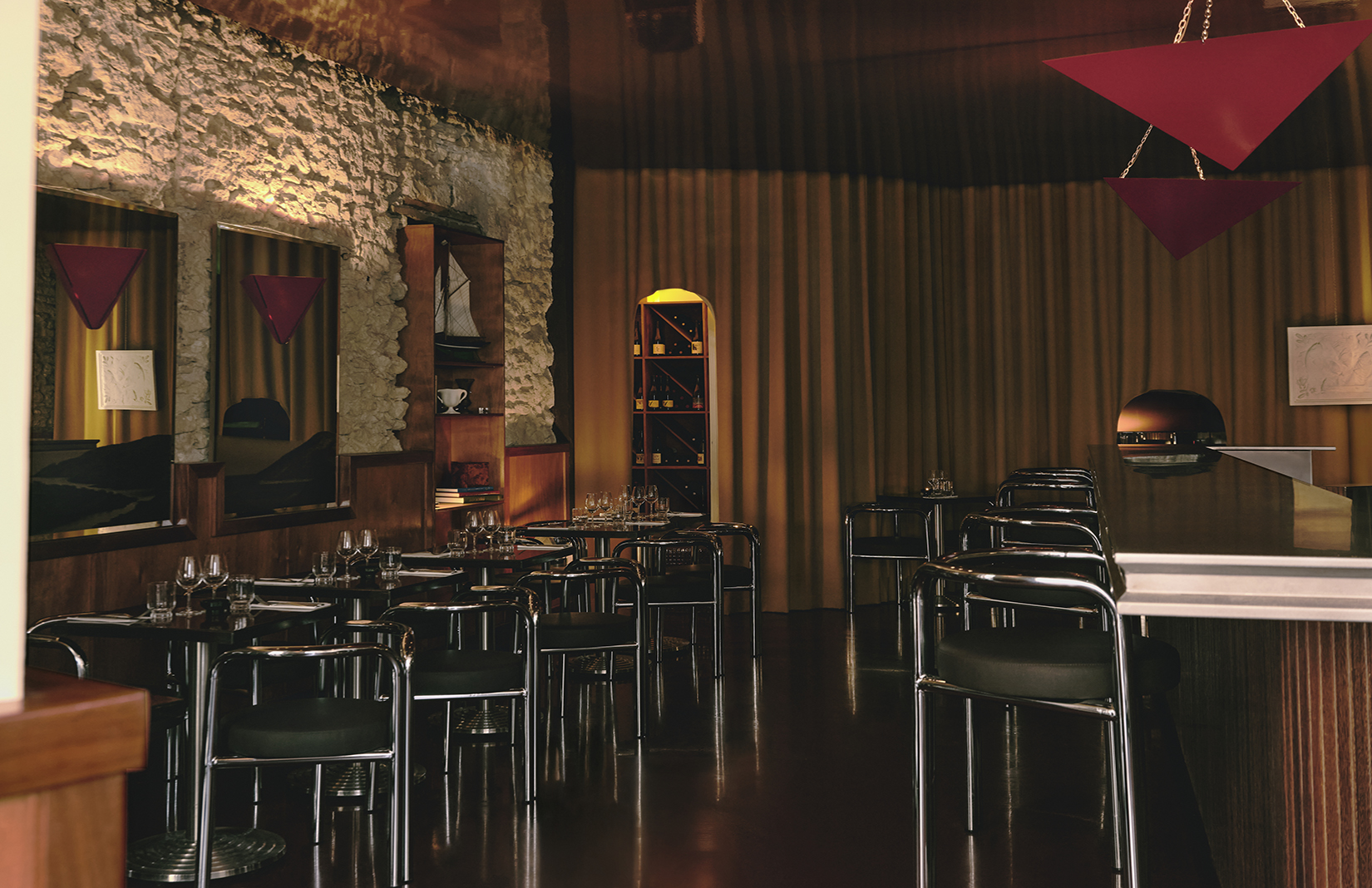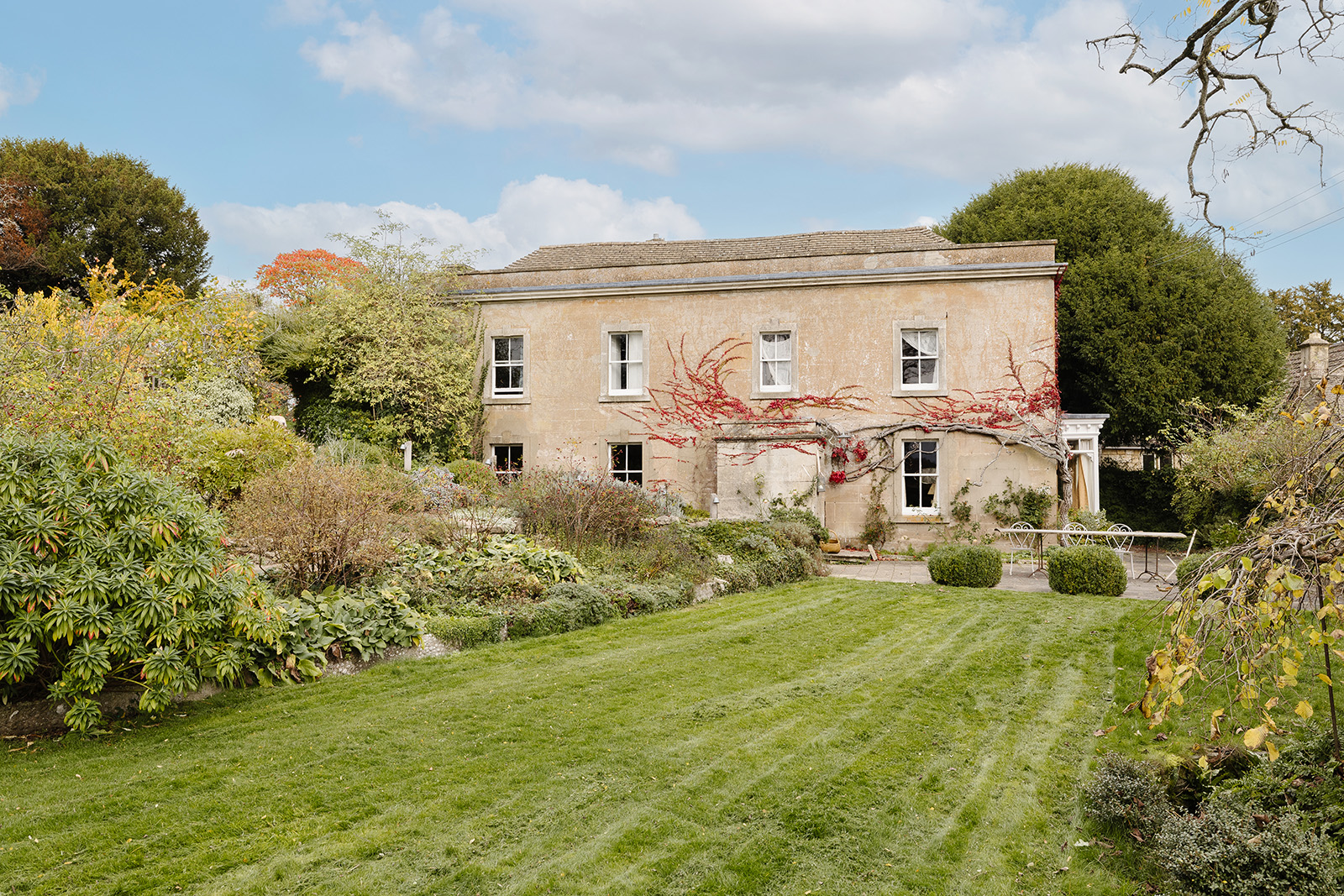
Credit: TransPennine Express
Newcastle is named for its ruined Norman castle close to the River Tyne, but did you know plans were touted in the 1850s to restore the fortress to its former glory? TransPennine Express has imagined what the structure— and a cache of other UK landmarks—could have looked like as part of its latest tourism campaign.
The train company connects cities across the north of England and Scotland and has turned its gaze to the region’s monuments, diving into the British archives to uncover original designs, competition entries, and architectural drawings reimagining six landmarks.
Among them is Liverpool Cathedral, constructed over 74 years and completed in 1978. Britain’s biggest cathedral (and the longest in the world) originally had a very different concept. A competition to design the structure, run between 1884 and 1886, was won by William Emerson. Still, his design—’an early phase of Gothic bordering on Romanesque’ and featuring a large dome and twin towers that would have loomed over the Liverpool skyline—was never built as it was unsuitable for the site, and the scheme was subsequently abandoned. (In 1904, work began on its successor, designed by Battersea Power Station architect Sir Giles Gilbert Scott).
In Edinburgh, the National Monument of Scotland stands atop Calton Hill, a memorial to the fallen Scottish soldiers and sailors of the Napoleonic Wars. Intended as a replica of the Parthenon in Athens, its Doric columns hint at the grand structure envisioned, complete with a grand dome. However, due to a lack of funds, only a fraction of the monument was ever built, and funding ran out in 1829, earning it the nickname ‘Scotland’s disgrace’.
Glimpses of what could have been are also offered for the Kelvingrove Art Gallery and Museum in Glasgow, Manchester Cathedral, the Queen’s Gardens in Hull (envisaged as the Louvre of Yorkshire), and Newcastle’s Black Gate Museum, reinstated to plans by glory via architect John Dobson.

